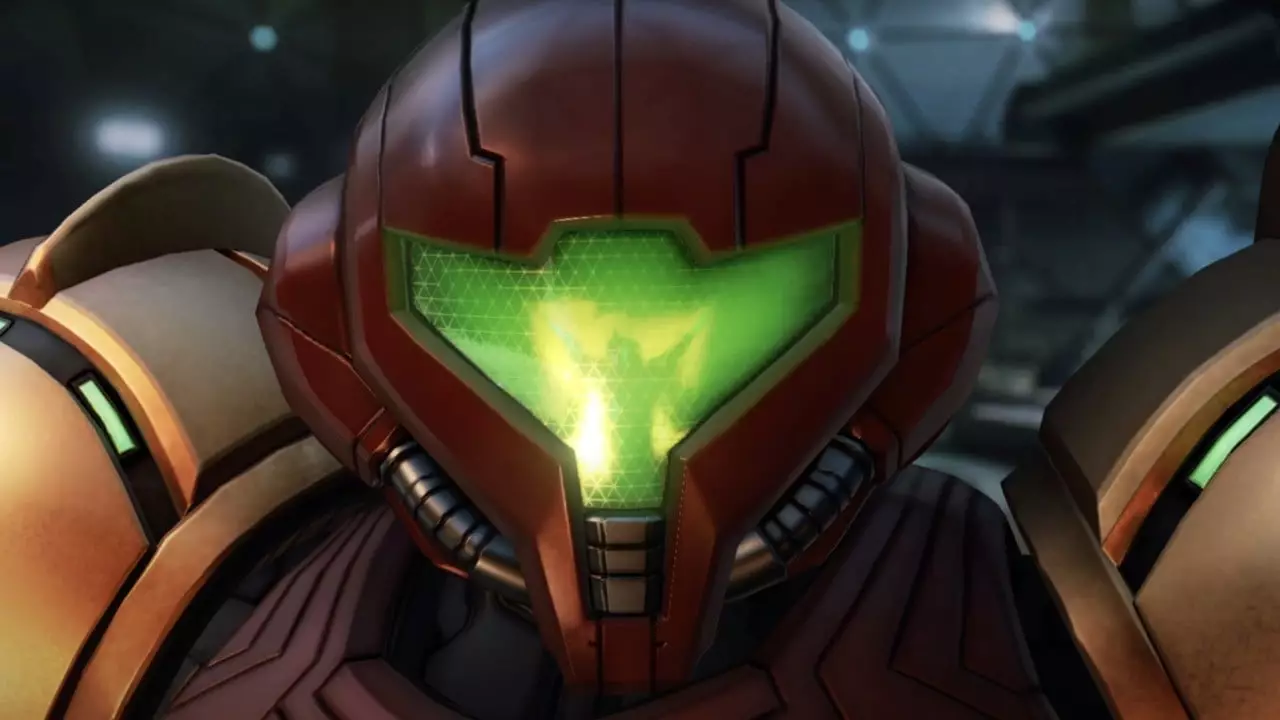The evolution of video games has been a thrilling journey, marked by celebrated titles and beloved gaming franchises. Among these, Capcom’s “Power Stone” series has earned an esteemed place in the hearts of gamers. Anticipation for the Capcom Fighting Collection 2 is palpable, yet it brings with it a slew of concerns. Will this modern iteration do justice to the charm and fluidity of the original Dreamcast titles? With the shift to high-definition formats, numerous gamers harbor doubts about the potential loss of gameplay integrity due to latency and input delay. While the convenience of accessing these classics through digital platforms on contemporary consoles like the Switch and PS5 is appealing, many lament the transition away from the immersive experiences provided by older technologies.
Discussing gaming nostalgia invariably brings to mind the experience of playing on the classic CRT televisions with those exquisitely designed controllers. Power Stone 1 and 2 played on a 32″ Sony WEGA Trinitron CRT, paired with the original Dreamcast, provided a tactile satisfaction and responsiveness that simply can’t be replicated. The brilliance of on-screen motion and visual fidelity on these retro systems set a benchmark that today’s OLED screens struggle to meet, especially when considering factors like input latency. In a world now filled with high-definition graphics and state-of-the-art technologies, such comparisons remind us that not all advances translate into superior gaming experiences.
With the imminent release of “Prime 4,” apprehensions arise about how modern game design might alter the legacy of the Metroid franchise. Previous titles, particularly “Prime 3,” showcased innovative controls and immersive gameplay. However, recent remasters—while visually stunning—often feel like mere shadows of their originals. The Switch’s lack of a sensor bar for gyroscopic aiming, along with its reliance on Joy-Cons, sparks concerns regarding control precision and playability. Players fear replicating frustrating experiences similar to those of the remaster, where the essence of engaging first-person shooter mechanics seems diminished.
In light of the challenges faced by the current consoles, many enthusiasts crave an evolution in gameplay potential. The introduction of platforms like PlayStation VR2 presents a thrilling opportunity for franchises like Metroid to explore uncharted territories. The idea of immersing oneself in the gripping world of “Prime 4” through virtual reality not only appeals to nostalgia but also tantalizes the imagination. Such a technological leap could redefine player interaction, merging the legacy of the franchise with future possibilities, ultimately leading to groundbreaking gameplay experiences.
As we reflect on recent rebooted classics, titles such as “Donkey Kong Country Returns HD” remind us that while some innovations work, others can disappoint. Though motion controls in earlier adaptations added an engaging dimension, their removal in the HD version was a welcome decision for many. However, concerns linger about whether the fundamental gameplay remains true to its roots. Some feels that characters in modern adaptations lack the agility and responsiveness of their SNES counterparts, altering user experience. Therefore, as we traverse through gaming history, it becomes evident that quality assurance must accompany modernization for any new adaptation to resonate with loyal fans.
While the prospect of revisiting classic titles in a digital format is enticing, quality and consistency must guide this evolution. Balancing nostalgia with innovation is key to allowing both venerable franchises and newer generations of gamers to thrive.

